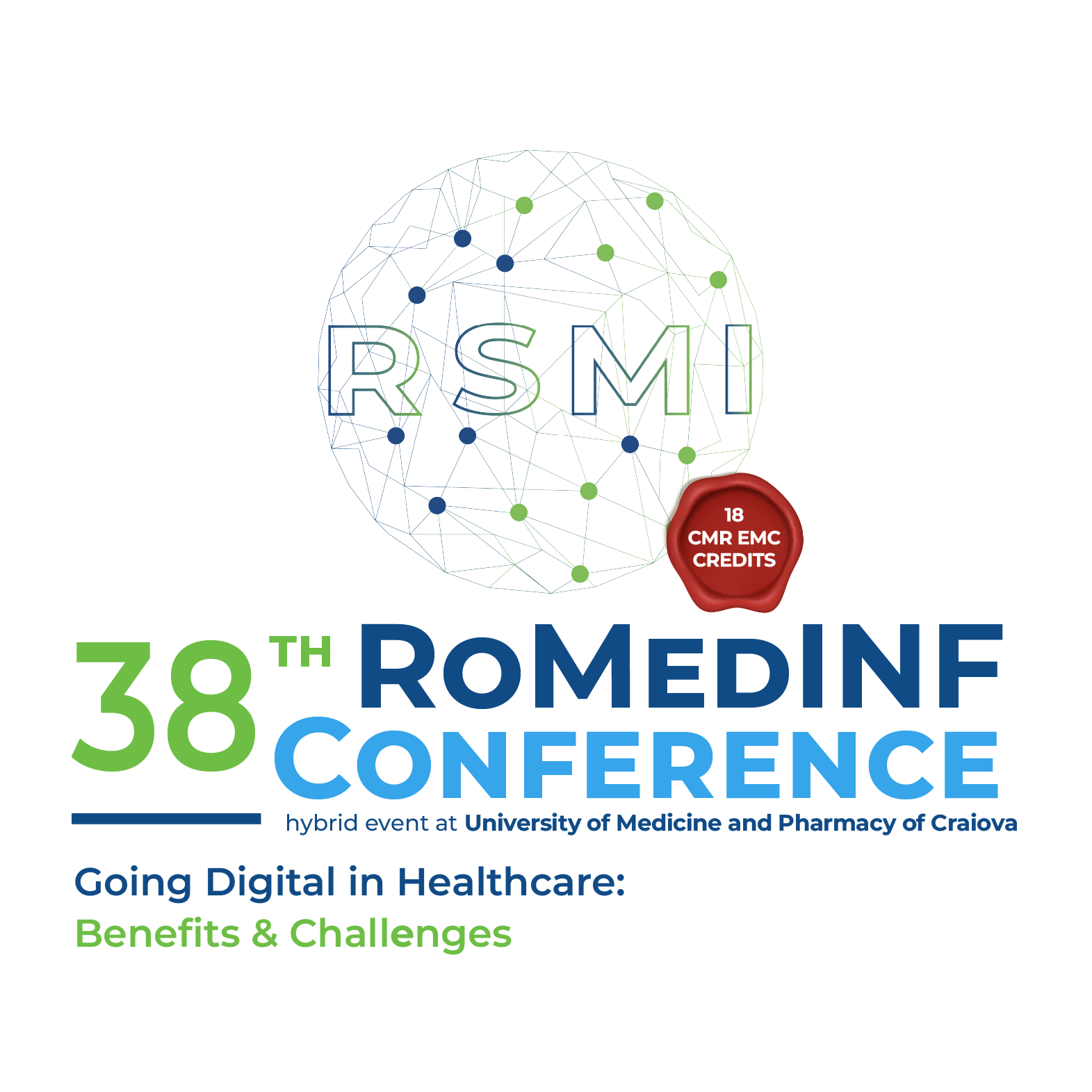Sex Impact on Self-Evaluated Digital Literacy Level among Undergraduate Medical Students
Keywords:
Digital Literacy, Undergraduate Students, Digital TechnologyAbstract
Background and Aim: Digital proficiency is essential in modern healthcare education, particularly for medical students, who must integrate technology into both their learning and future professions. Our study aimed to assess the self-reported digital literacy levels of undergraduate students in one medical university, focusing on differences between males and females. Materials and Methods: A cross-sectional observational study was conducted during the 2023-2024 academic year at the "Iuliu Haţieganu" University of Medicine and Pharmacy Cluj-Napoca. A questionnaire was developed and distributed using Microsoft Forms. The questionnaire evaluated self-perceived digital competencies, the use of digital devices, and engagement with online resources. Results: Two hundred and forty-five respondents participated. Half of respondents had up to 20 years and most of them were female (198, 80.8%). Twenty-one respondents self-evaluated as extremely digitally literate, with no statistically significant differences between females and males (p > 0.05, Uncorrected Chi-Square Test), although male students reported slightly higher confidence in advanced digital skills, such as programming and system operations. Higher engagement with digital tools for communication and social interaction is observed among female students. The most commonly used devices for study are laptops (46% female, 40.4% male) and tablets (29.3% female, 25.5% male), with no significant sex disparity (p > 0.05, Uncorrected Chi-Square Test). Students regardless of sex, predominantly relied on self-directed learning and peer support to acquire digital skills. Conclusion: The self-evaluated digital literacy level is high among respondents, with no major sex-based discrepancies in overall competence. Differences in digital skills between female and male students suggest the need for tailored educational interventions. Strengthening digital training programs within healthcare curricula can enhance students' preparedness for the evolving technological demands of the medical field.
Downloads
Published
How to Cite
Issue
Section
License
Copyright (c) 2025 Oana D. POP, Sorana D. BOLBOACĂ

All papers published in Applied Medical Informatics are licensed under a Creative Commons Attribution (CC BY 4.0) International License.

